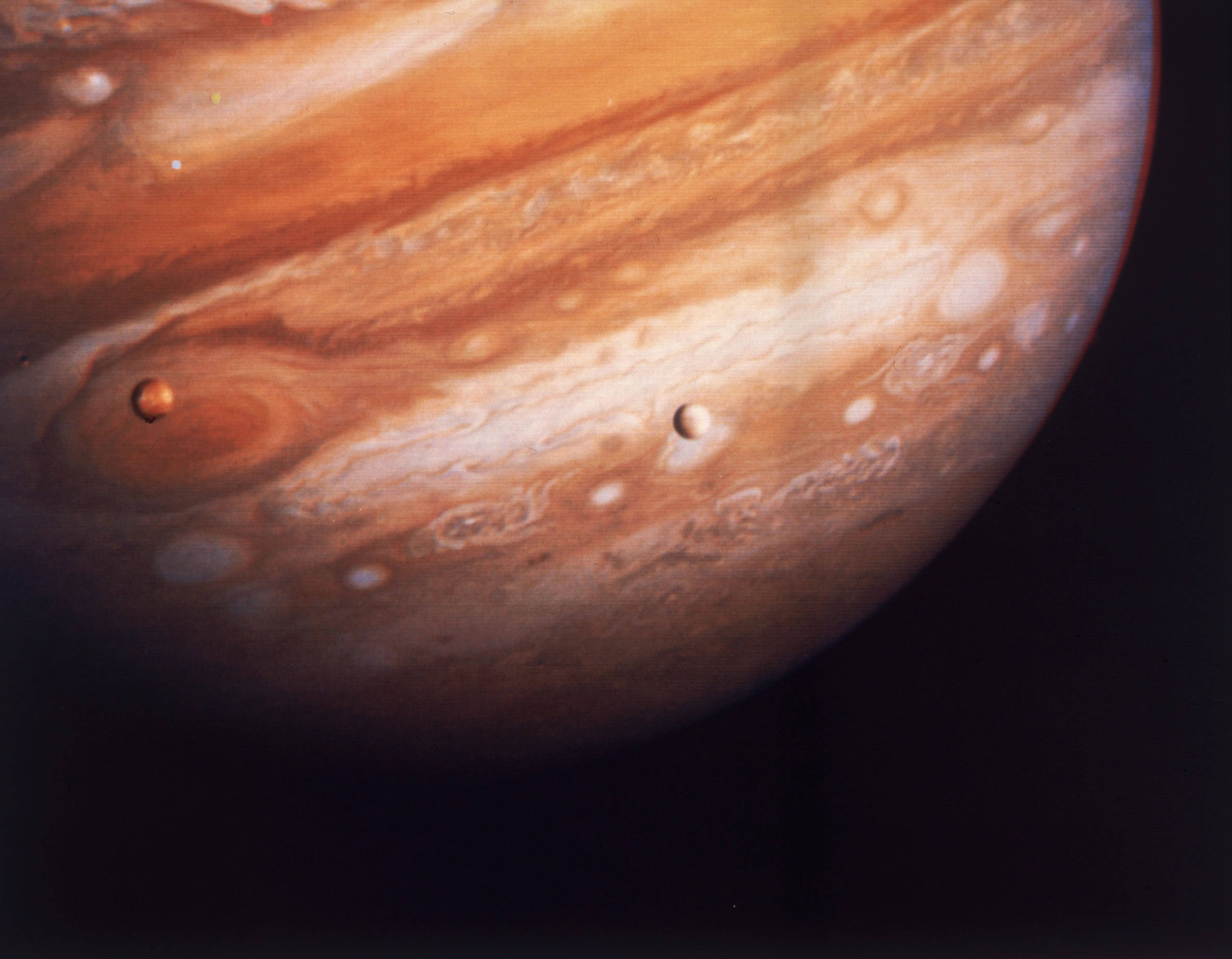3I/Atlas is not missing from view. 3I/Atlas already has official imagery on NASA’s hub, including Hubble pictures and early Webb products, with more assets queued for coordinated release. NASA has even set a timed update to share a cross-mission package, which is normal when multiple teams contribute calibrated images and spectra.
The slower cadence has practical causes. 3I/Atlas slipped behind the Sun near its October 30 perihelion, while Earth sat on the far side, which limited easy observing and public posting. From Mars, cameras needed long exposures to see such a faint, fast target, and some instruments have exposure limits that make that hard. Meanwhile, scientists have not been idle.
Hubble data set size constraints confirmed a classic dust coma. Webb’s spectra identified an unusually CO₂-rich gas environment, which is a major scientific result even if it is not a glossy photo. In short, 3I/Atlas images exist, more are coming, and the pace reflects geometry, calibration, and coordination rather than secrecy. Below are possible reasons for the delay and other theories.
What NASA has already shared and what 3I/Atlas “images” to expect next
NASA’s dedicated 3I/Atlas page lists a live “Image Gallery,” the July 21 Hubble portrait, and a timeline of observing campaigns. That hub also flags a media event to share new imagery from several missions, setting clear expectations about a consolidated release. Hubble’s pictures show 3I/Atlas as a teardrop-shaped dust coma, with streaked background stars because the telescope tracked the comet. The page notes an upper-limit nucleus size near 5.6 km, which matches a small active body and not a bare metal object.
Webb’s August 6 dataset is primarily spectral imaging. The “image” is a map of gas, not a color postcard, and it revealed a CO₂-dominated coma with water and CO that scientists will visualize in approved plots.
From Mars, ESA’s Trace Gas Orbiter recorded a faint moving blur against star trails. Mars Express did not detect it in individual frames because its camera is capped at 0.5-second exposures, a concrete instrument constraint that explains the lack of a pretty Mars-side still. As per The Guardian report dated September 11, 2025, NASA planetary scientist Tom Statler said,
“It looks like a comet. It does comet things.”
The same report added,
“The evidence is overwhelmingly pointing to this object being a natural body. It’s a comet.”
Those statements frame what new images will likely show.
Why can the “best-quality” pictures take time
3I/Atlas passed near the Sun from Earth’s point of view. NASA notes it would reappear for ground telescopes in early December, which pushed ideal imaging windows on the Earth side. That alone slows public updates. High-resolution Mars cameras have their own realities. Capturing a dim, moving target requires tuned exposures, stable tracking, and time on the Deep Space Network to downlink and process data.
HiRISE’s own team explains that raw data become calibrated and map-projected products through a pipeline that can take days to weeks, depending on ephemerides and scheduling. NASA also prefers coordinated packages that stitch images, spectra, captions, and context into a single story rather than posting uncalibrated frames. As per the Science Friday podcast dated September 4, 2025, NASA’s Stefanie Milam stated,
“So Atlas is what we believe to be an interstellar comet.”
Her team later emphasized composition, not just pictures. That focus helps explain why you may see vetted plots and spectra before dramatic photos.
What scientists are saying while the community waits
The working picture of 3I/Atlas is consistent. Hubble-based analysis keeps the nucleus small, embedded in a normal dust coma. NASA’s page reiterates that 3I/Atlas poses no threat to Earth, with a closest approach of about 170 million miles. Webb’s August study found a strikingly CO₂-rich coma with water and CO, a clue to where the object formed. As per the Science Friday podcast, Milam remarked,
“We’ve never seen so much carbon dioxide compared to water.”
Dynamicists modelling the small “non-gravitational” push show it can come from ordinary outgassing jets. A recent analysis reproduced the measured acceleration without exotic assumptions. As per the People report dated July 30, 2025, Harvard’s Avi Loeb said,
“We shouldn’t assume anything, and we should assess the risk given the data that we have....We shouldn’t assume anything, and we should assess the risk given the data that we have.”
That caution applies in both directions. The best answer is always more data. Expect the next NASA package to include additional Hubble frames, processed Webb maps, and Mars-side views where feasible, which together should settle most open claims about 3I/Atlas.
Stay tuned for more updates.
 Jupiter, the largest planet in our solar system, with two of its satellites, Io on the left (above Jupiter's Great Red Spot) and Europa on the right, March 1979. The image was taken by the Voyager 1 spacecraft. (Photo by Space Frontiers/Hulton Archive/Getty Images)
Jupiter, the largest planet in our solar system, with two of its satellites, Io on the left (above Jupiter's Great Red Spot) and Europa on the right, March 1979. The image was taken by the Voyager 1 spacecraft. (Photo by Space Frontiers/Hulton Archive/Getty Images)